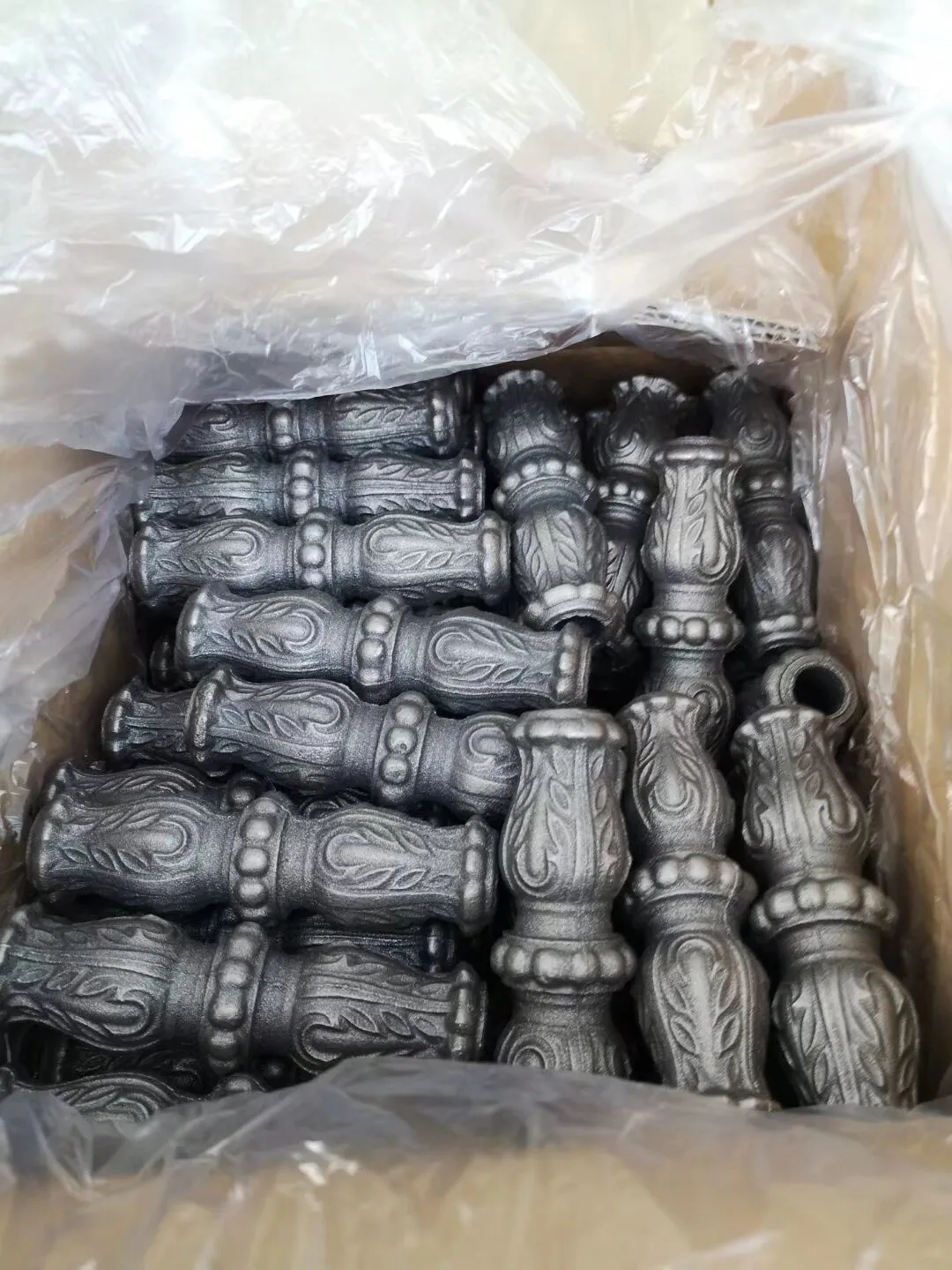Essential Components and Accessories for Crafting a Durable Wrought Iron Fence System
Understanding Wrought Iron Fence Parts A Comprehensive Guide
Wrought iron fences have been a popular choice for homeowners and businesses alike for centuries. Known for their durability, elegance, and timeless appeal, these fences are often seen as a symbol of security and sophistication. To appreciate the beauty and functionality of a wrought iron fence, it is essential to understand its various parts and components, which work together to create a stunning barrier.
1. Posts
The most fundamental part of a wrought iron fence is the post. These vertical structures serve as the backbone of the fence, providing support and strength. Typically made from solid iron, the posts are installed deep into the ground to ensure stability. The height and thickness of the posts can vary based on the desired aesthetics and level of security. Additionally, decorative post caps can be added to enhance the overall look, giving each fence a unique character.
2. Rails
Connecting the posts are the horizontal rails. These parts provide structure and maintain the integrity of the fence. Wrought iron fences typically consist of two horizontal rails—top and bottom. The top rail is often wider than the bottom, providing a finished look and added stability. Rails can also be designed with intricate patterns, seamlessly blending function with artistic expression.
3. Pickets
The pickets are the vertical bars that run between the rails and are typically spaced evenly apart. They can vary widely in height, style, and design. Traditional wrought iron pickets are straight and rigid, while modern designs may feature curves, twists, or even decorative motifs. The spacing between pickets can affect the level of visibility and security, allowing homeowners to customize their fences to meet specific needs.
4. Gates
wrought fence parts

A wrought iron fence is not complete without a gate. Gates provide access and enhance the functionality of the fence while maintaining security. Wrought iron gates come in various designs, from simple swing gates to more ornate models with intricate scrollwork. They can be operated manually or installed with automatic openers for added convenience. The gate hardware, including hinges and locks, is equally important as it must be robust enough to withstand daily use.
5. Finials
Finials are decorative elements that can be added to the top of the fence posts or pickets. They serve as the finishing touch for wrought iron fences, providing an opportunity for personalization. Styles can range from simple spheres or pointed designs to elaborate designs featuring leaves, flowers, or other motifs. Finials add a touch of flair while also serving to discourage climbing.
6. Coatings and Finishes
While wrought iron is naturally durable, it is essential to protect it from rust and corrosion. Coatings and finishes, such as powder coating or galvanizing, are applied to enhance the longevity of the fence. These treatments not only provide a protective barrier but are also available in a variety of colors, allowing homeowners to match their fence to their property’s exterior.
7. Accessories
Finally, various accessories can complement wrought iron fences. These may include decorative elements like arches, trellises, or planters that can enhance the aesthetics of the fence. Lighting fixtures can also be added to improve visibility and create an inviting ambiance during the evening hours.
In conclusion, understanding the various parts of wrought iron fences is crucial for homeowners considering this elegant option for their property. Each component—posts, rails, pickets, gates, finials, finishes, and accessories—contributes to the overall functionality, security, and beauty of the fence. By choosing the right combination of materials and designs, homeowners can create a stunning wrought iron fence that not only meets their practical needs but also enhances the overall curb appeal of their property. This investment in quality fencing can last for decades, making it a wise and stylish choice for any property owner.
-
Wrought Iron Components: Timeless Elegance and Structural StrengthNewsJul.28,2025
-
Window Hardware Essentials: Rollers, Handles, and Locking SolutionsNewsJul.28,2025
-
Small Agricultural Processing Machines: Corn Threshers, Cassava Chippers, Grain Peelers & Chaff CuttersNewsJul.28,2025
-
Sliding Rollers: Smooth, Silent, and Built to LastNewsJul.28,2025
-
Cast Iron Stoves: Timeless Heating with Modern EfficiencyNewsJul.28,2025
-
Cast Iron Pipe and Fitting: Durable, Fire-Resistant Solutions for Plumbing and DrainageNewsJul.28,2025
-
 Wrought Iron Components: Timeless Elegance and Structural StrengthJul-28-2025Wrought Iron Components: Timeless Elegance and Structural Strength
Wrought Iron Components: Timeless Elegance and Structural StrengthJul-28-2025Wrought Iron Components: Timeless Elegance and Structural Strength -
 Window Hardware Essentials: Rollers, Handles, and Locking SolutionsJul-28-2025Window Hardware Essentials: Rollers, Handles, and Locking Solutions
Window Hardware Essentials: Rollers, Handles, and Locking SolutionsJul-28-2025Window Hardware Essentials: Rollers, Handles, and Locking Solutions -
 Small Agricultural Processing Machines: Corn Threshers, Cassava Chippers, Grain Peelers & Chaff CuttersJul-28-2025Small Agricultural Processing Machines: Corn Threshers, Cassava Chippers, Grain Peelers & Chaff Cutters
Small Agricultural Processing Machines: Corn Threshers, Cassava Chippers, Grain Peelers & Chaff CuttersJul-28-2025Small Agricultural Processing Machines: Corn Threshers, Cassava Chippers, Grain Peelers & Chaff Cutters












